Wolves on the Qinghai-Tibet Plateau
Wild wolves are photographed in Madoi County, northwest China’s Qinghai Province recently. Madoi means the source of the Yellow River in Tibetan and is the highest county in China, with an altitude of 4,260 meters.
Wild wolves in such a large number show good sign of ecological recovery and improvement in the Sanjiangyuan area, the source of China’s three major rivers, i.e. the Yangtze River, the Yellow River, and the Lancang River.
As the second class national protected animal in China, wolves are sensitive in smell and hearing and are very good at running, and they are always depicted as "cruel wolves".
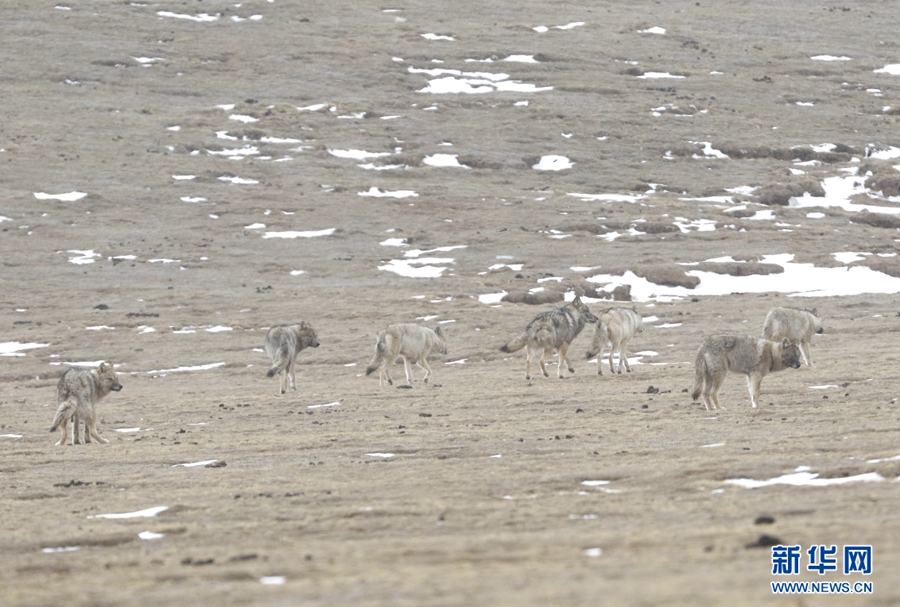
Wild wolves are photographed in Madoi County, northwest China’s Qinghai Province recently. Madoi means the source of the Yellow River in Tibetan and is the highest county in China, with an altitude of 4,260 meters. Wild wolves in such a large number show good sign of ecological recovery and improvement in the Sanjiangyuan area, the source of China’s three major rivers, i.e. the Yangtze River, the Yellow River, and the Lancang River. [Photo/Xinhua]

Wild wolves are photographed in Madoi County, northwest China’s Qinghai Province recently. Madoi means the source of the Yellow River in Tibetan and is the highest county in China, with an altitude of 4,260 meters. Wild wolves in such a large number show good sign of ecological recovery and improvement in the Sanjiangyuan area, the source of China’s three major rivers, i.e. the Yangtze River, the Yellow River, and the Lancang River. [Photo/Xinhua]
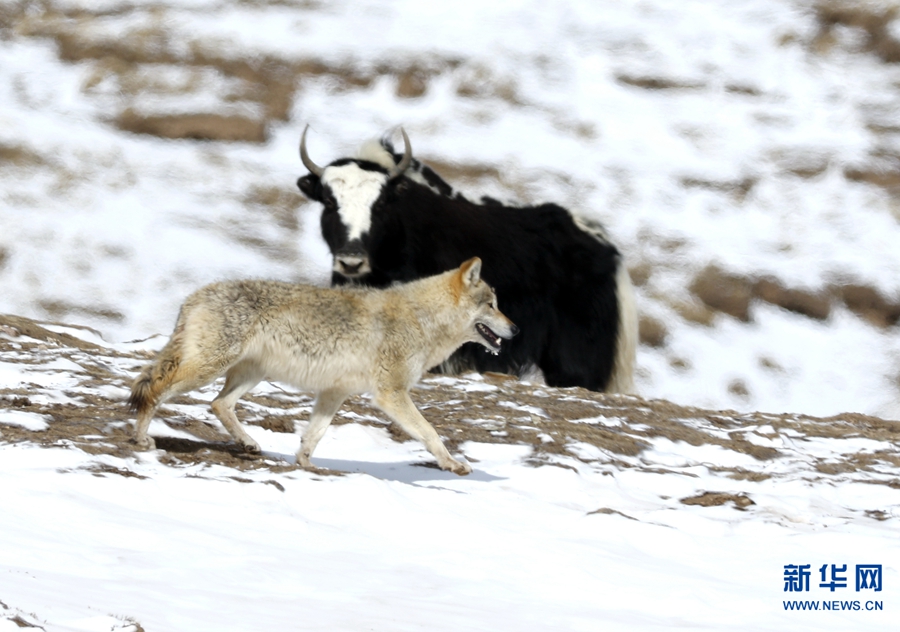
Wild wolves are photographed in Madoi County, northwest China’s Qinghai Province recently. Madoi means the source of the Yellow River in Tibetan and is the highest county in China, with an altitude of 4,260 meters. Wild wolves in such a large number show good sign of ecological recovery and improvement in the Sanjiangyuan area, the source of China’s three major rivers, i.e. the Yangtze River, the Yellow River, and the Lancang River. [Photo/Xinhua]
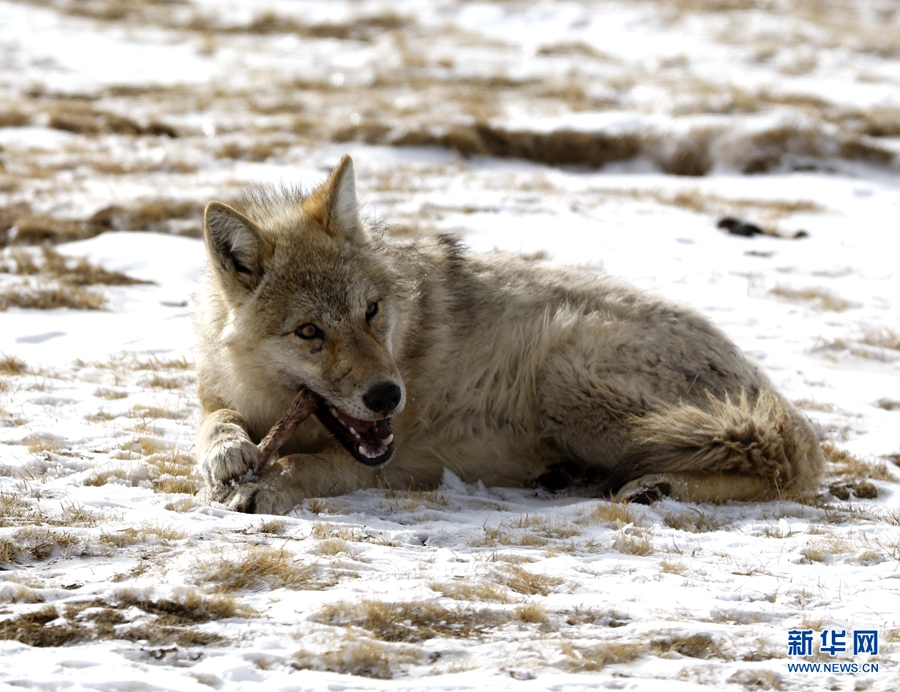
Wild wolves are photographed in Madoi County, northwest China’s Qinghai Province recently. Madoi means the source of the Yellow River in Tibetan and is the highest county in China, with an altitude of 4,260 meters. Wild wolves in such a large number show good sign of ecological recovery and improvement in the Sanjiangyuan area, the source of China’s three major rivers, i.e. the Yangtze River, the Yellow River, and the Lancang River. [Photo/Xinhua]

Wild wolves are photographed in Madoi County, northwest China’s Qinghai Province recently. Madoi means the source of the Yellow River in Tibetan and is the highest county in China, with an altitude of 4,260 meters. Wild wolves in such a large number show good sign of ecological recovery and improvement in the Sanjiangyuan area, the source of China’s three major rivers, i.e. the Yangtze River, the Yellow River, and the Lancang River. [Photo/Xinhua]
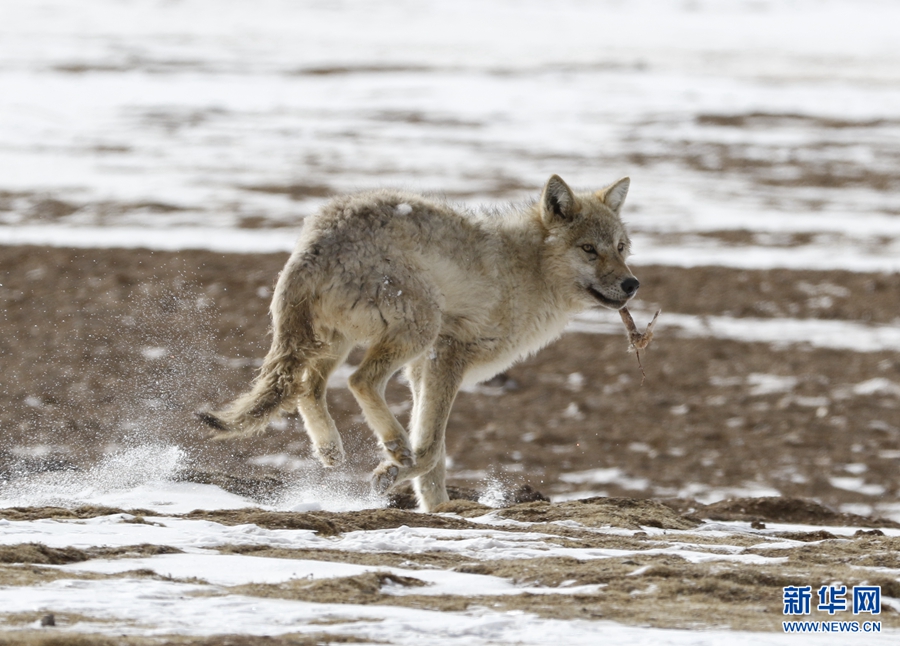
Wild wolves are photographed in Madoi County, northwest China’s Qinghai Province recently. Madoi means the source of the Yellow River in Tibetan and is the highest county in China, with an altitude of 4,260 meters. Wild wolves in such a large number show good sign of ecological recovery and improvement in the Sanjiangyuan area, the source of China’s three major rivers, i.e. the Yangtze River, the Yellow River, and the Lancang River. [Photo/Xinhua]
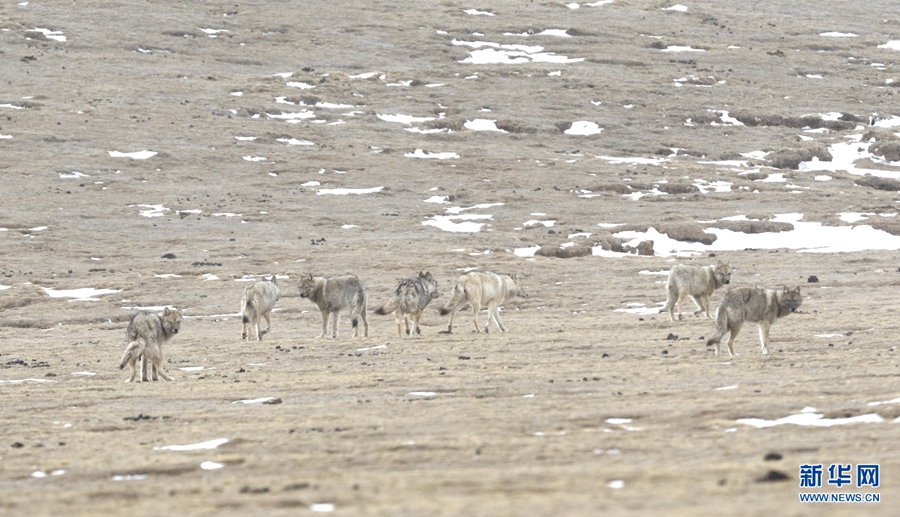
Wild wolves are photographed in Madoi County, northwest China’s Qinghai Province recently. Madoi means the source of the Yellow River in Tibetan and is the highest county in China, with an altitude of 4,260 meters. Wild wolves in such a large number show good sign of ecological recovery and improvement in the Sanjiangyuan area, the source of China’s three major rivers, i.e. the Yangtze River, the Yellow River, and the Lancang River. [Photo/Xinhua]
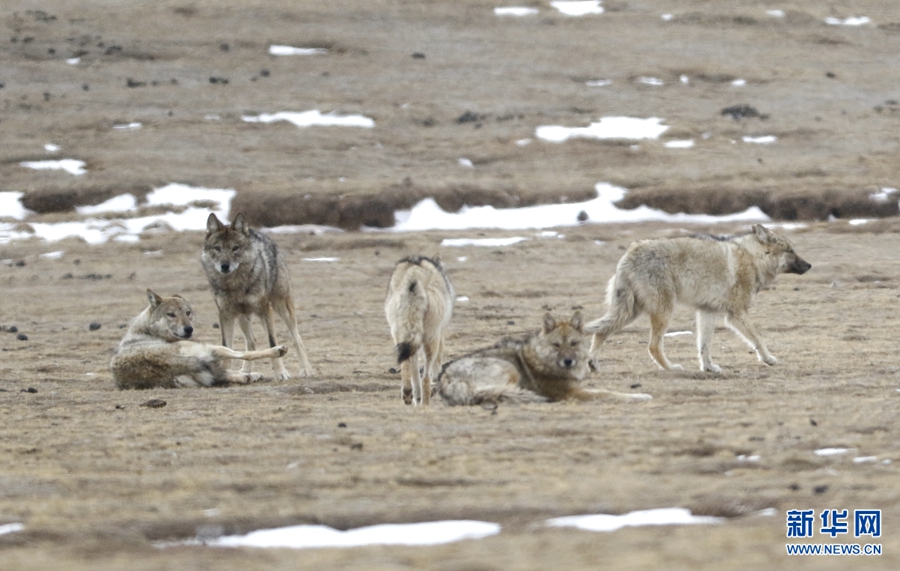
Wild wolves are photographed in Madoi County, northwest China’s Qinghai Province recently. Madoi means the source of the Yellow River in Tibetan and is the highest county in China, with an altitude of 4,260 meters. Wild wolves in such a large number show good sign of ecological recovery and improvement in the Sanjiangyuan area, the source of China’s three major rivers, i.e. the Yangtze River, the Yellow River, and the Lancang River. [Photo/Xinhua]
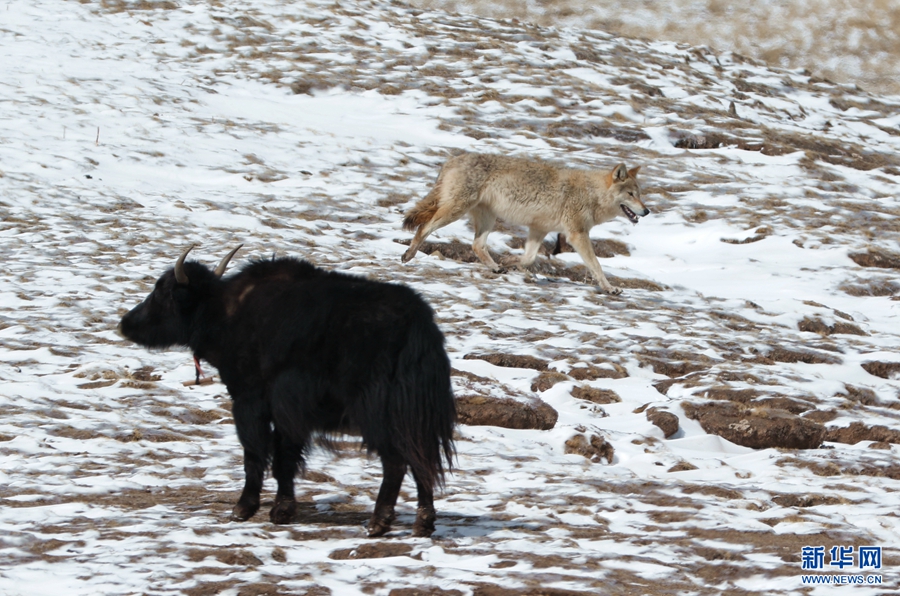
Wild wolves are photographed in Madoi County, northwest China’s Qinghai Province recently. Madoi means the source of the Yellow River in Tibetan and is the highest county in China, with an altitude of 4,260 meters. Wild wolves in such a large number show good sign of ecological recovery and improvement in the Sanjiangyuan area, the source of China’s three major rivers, i.e. the Yangtze River, the Yellow River, and the Lancang River. [Photo/Xinhua]

Wild wolves are photographed in Madoi County, northwest China’s Qinghai Province recently. Madoi means the source of the Yellow River in Tibetan and is the highest county in China, with an altitude of 4,260 meters. Wild wolves in such a large number show good sign of ecological recovery and improvement in the Sanjiangyuan area, the source of China’s three major rivers, i.e. the Yangtze River, the Yellow River, and the Lancang River. [Photo/Xinhua]
Your Comment
Name E-mailRelated News
More >>-
;
-
-
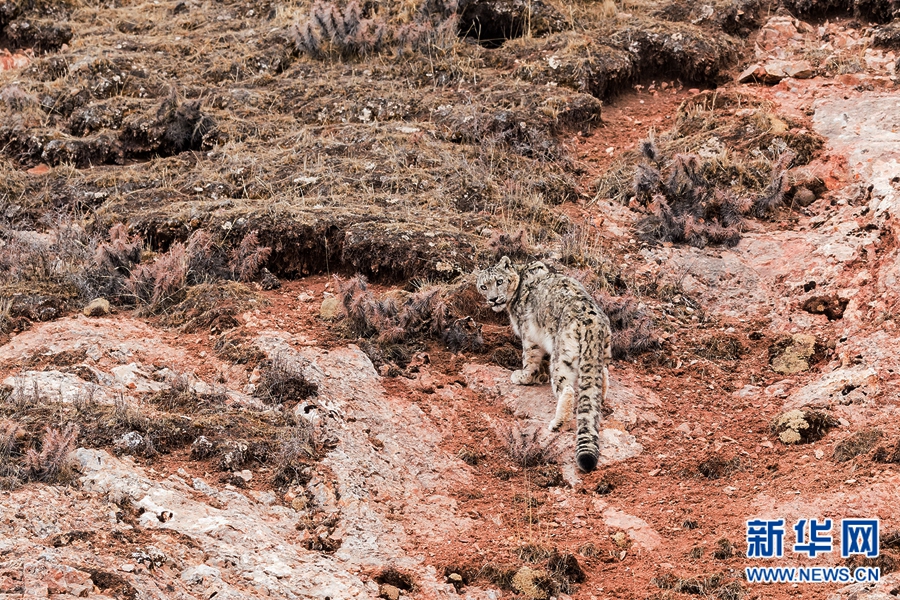
-
Snow leopards pictured in Yushu,Qinghai
As a kind of first class national protected animals, snow leopards are mainly living on the Qinghai-Tibet Plateau and the Pamirs with an altitude of over 3,500 meters.
-
-
-

-
Nearly 10,000 ruddy shelducks migrant to Qinghai L
Ruddy shelducks, commonly known as yellow ducks, are regarded as sacred ducks by Buddhist devotees.
-
-
-
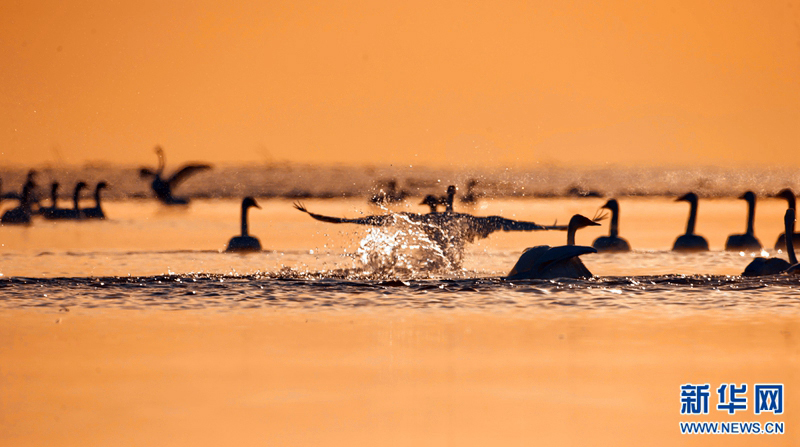
-
Whooper swans bathe in Qinghai Lake
Whooper swans migrate to the Qinghai Lake from the far north each year in October, and fly back when the ice melts in April the following year.
-

